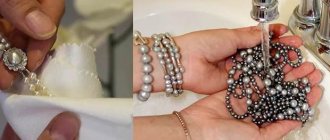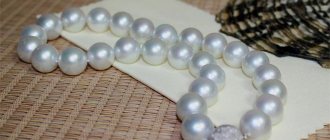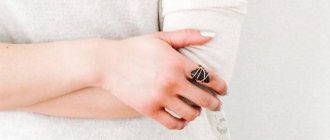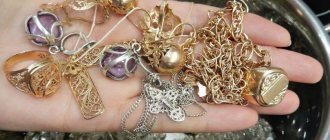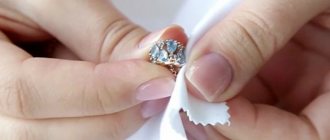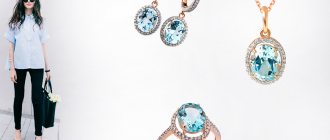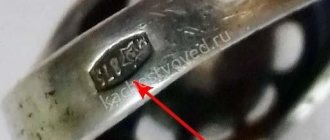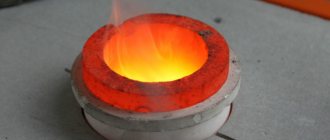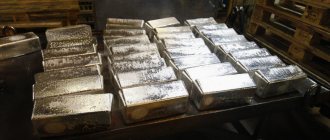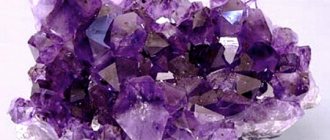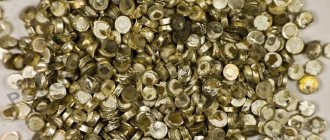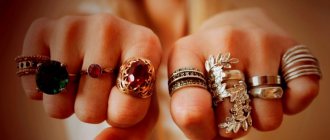Diet
The cockatiel menu should be as close to natural as possible. This means that the diet should be dominated by:
Grain feed (millet, hemp seed, oats, corn, canary grass). The average rate of grain feed is 1.5-2 tablespoons daily. The last number is for a large parrot.
Vegetables (cucumbers, carrots, Brussels sprouts).
Fruits (Plums, apples, peaches, pears, cherry plums). The parrot is partial to these fruits.
In small quantities, you can add wheat grains, sunflower seeds, nuts and legumes soaked in water. Sometimes you can gradually give animal products - boiled eggs and low-fat cottage cheese. Birds especially need animal protein during nesting.
Prohibited Products
The list of foods that cockatiels should not eat includes:
- Candied fruits.
- Seeds of stone fruit crops.
- Hot peppers.
- Milk, cheese, butter, sour cream.
- Spices.
- Potato.
- Mushrooms.
- Branches of conifers, oak, viburnum, pear, lilac, poplar.
- Sorrel and rhubarb.
Walk
Like other types of parrots, regular walks are absolutely necessary for the cockatiel. When letting a bird fly around the room, you need to follow safety precautions. All other pets must be removed from the premises immediately. Windows and doors should be closed to prevent birds from flying out or a cat or dog from entering the room.
It is advisable to cover the mirrors with some kind of fabric so that the bird does not accidentally dive on them. Plants can also be removed from the room so that the parrot does not peck at them. The duration of the walk should be approximately 1-3 hours. While the parrot is walking, you can clean the cage.
When the parrot flies around the room, you need to carefully monitor it.
How much does coral cost, and what does the price depend on?
The cost of coral depends on several factors:
- The material must be homogeneous, have no holes, cracks, cavities;
- The color of the stone is uniform and rich. Bright red coral stones are usually more expensive than stone in the popular salmon shade;
- Deposit and origin of the stone;
- The quality of material processing, the form of processing, the precise alignment of the bead hole.
Depending on the listed factors, the price of natural undyed coral starts from $2 per gram.
Colo-Vada
The Colo-Vada 2 Plus program is intended for home use without medical supervision; it cleanses the intestines gently, and without enemas (naturally from top to bottom).
The program consists of minerals, vitamins, probiotics, as well as enzymes, so you will not feel any discomfort.
Go through each program together with your partner!
After completing the entire cleansing program, be sure to restore the beneficial microflora in the large intestine! And immediately begin to properly feed every cell of the body. It consists of cellular nutrition, consisting of 28 amino acids, 12 vitamins, 15 minerals, 7 groups of enzymes and 3 PUFAs.
Cleaning with baking soda
For severe stains, you can also use baking soda. To do this, you need to apply baking soda to the wet decor in any convenient way (preferably with a toothbrush) so that it looks like it’s “covered with porridge.” Leave for 20-30 minutes, then rinse with warm water. To remove any remaining plaque, you can lightly brush the area.
Sometimes, due to these cleaning methods, some algae still remains on the decorations. Don't worry about this. After immersing the decor back into the aquarium over the next few days, the green coating will definitely disappear by itself.
Reproduction
Breeding cockatiels at home is quite a feasible task even for a novice breeder. First you need to choose a good pair of birds. You need to install a nesting house in their cage. After mating, the birds begin to build a nest, and then the female will begin laying eggs.
Laying does not occur simultaneously, but gradually at intervals of about a day. In total there can be 3-7 eggs in a clutch. The incubation period lasts 21 days. All this time, the female almost never leaves the nest; most of the food is supplied to her by the male. He also takes part in incubation while the female lays a new egg or leaves the nest.
Relief background
Unfortunately, soaking a large decoration with a relief background will be quite problematic. Therefore, to clean algae, you need to use a regular dishwashing brush with fairly soft bristles so as not to damage the decoration. For faster cleaning, you can use salt or soda.
Be sure to rinse well afterwards. It should be noted that you cannot clean out all the plaque in 5 minutes; you need to be patient and do everything efficiently.
Also for this purpose, you can get catfish such as ancistrus, sturisom or otocinclus, which will promptly clean the decorations from algae, preventing them from growing.
A few facts about cockatiels
At home and in the wild, cockatiels are very interesting. These birds have complex behavior and spectacular appearance.
Origin of the species
The homeland of cockatiels is Australia. They were brought to Europe in 1837 and very quickly learned to breed. The birds first arrived in Paris, and from there they spread throughout the world. The first copies appeared in Russia in 1960.
Fun facts
Cockatiel flights in Australia are an unforgettable sight. Birds create numerous flocks and perch on branches. There may be several hundred parrots on each tree.
Australia is an arid continent, but nymphs always nest near bodies of water.
In their homeland, nymphs are considered a game bird. Their meat is edible. The fact that nymphs are fearless contributes to success in hunting. Even a wild bird does not fly away when it meets a person, but flies up from the ground onto a branch and from there watches the stranger.
Despite the fact that cockatiels have long been kept as pets, breeds for apartments have not yet been bred. There are only color variations:
- albino,
- white,
- lutino (canary with scarlet pupils),
- light gray
- chestnut,
- intense yellow,
- necks (with randomly located white spots).
Emotional comfort
To successfully keep a cockatiel parrot at home, it is necessary to ensure maximum psychological comfort. You should never threaten your pet, grab it with your hands, or make sudden movements in front of its eyes. This will lead to a breakdown in contact with the bird. It will take quite a long time to restore it.
You should never force your parrot to leave its cage. If you need to catch him and return him to the bird house, this must be done as carefully as possible, avoiding harshness. You need to talk and play with your parrot regularly. It is important for him to perceive himself as part of the pack and to be needed by the owner and his family members.
If your parrot feels lonely, he may get sick and become depressed.
Education
One of the hallmarks of cockatiels is their tendency to learn. Young individuals aged 12–14 weeks are especially successful in training. Their older relatives are more likely to show caution, which somewhat slows down the process of mastering skills, but does not make it ineffective. Such birds need a patient attitude and time.
Ornithologists advise choosing one family member to practice with a cockatiel. Training should be short but daily. The more a bird gets used to communicating with people, the easier it is to train it. It is believed that before starting training, it is necessary to carry out such a painless procedure for the bird as trimming the wings. The cockatiel can be toilet trained, perform the commands “can”, “can’t”, “forward”, “back” and some other simple actions, as well as imitate the sounds of human speech, that is, talk.
Parrots are beautiful and intelligent creatures. Caring for cockatiels is not difficult. It is not surprising that many bird lovers prefer them. Even novice poultry keepers can easily care for a cockatiel.
Monitor cleanliness
Periodically, coral jewelry must be cleaned of dust. To do this, you will need a damp (not wet!) soft cloth and an hygroscopic dry wipe. Wipe each bead thoroughly with a damp cloth and then blot dry.
If more serious cleaning is required, it is permissible to wash the corals in slightly soapy water, then rinse in clean water and dry gently. Do not use hot water under any circumstances; it destroys the porous structure of the material. The optimal temperature is 18–32 °C: at this temperature corals grow in the sea.
To restore shine, a bath of 3% hydrogen peroxide solution is suitable. Keep the jewelry in it for 5-10 minutes, then blot it dry and lightly polish it with velvet cloth.
- IMPORTANT: do not use cleaning products, brushes, or abrasives - they will damage the corals.
Heavily soiled items should be cleaned by a jeweler, otherwise there is a high risk of damaging them.
